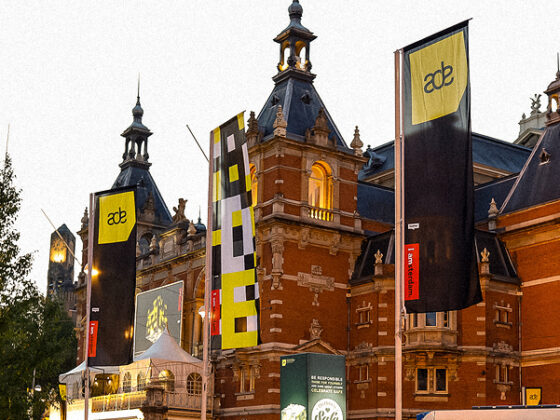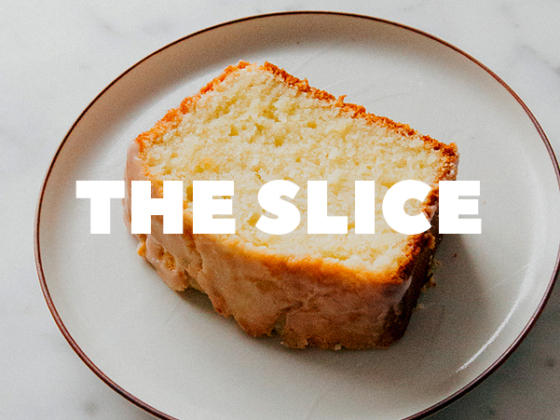6 Acts Not To Miss at this year at Amsterdam's Dekmantel Festival 2025

Dutch promoter and record label Dekmantel return to deliver their flagship event to Amsterdam for Dekmantel Festival's 11th edition, taking place from July 30th to August 3rd at the wooded…
Share











